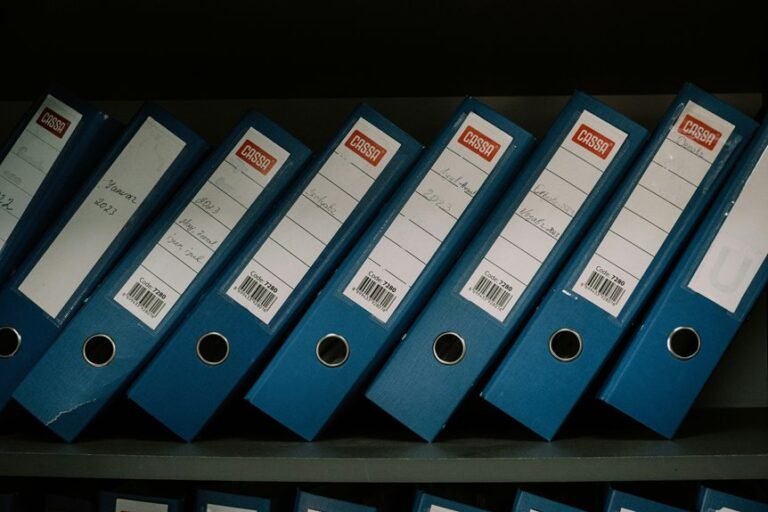Data Record Compilation for 8668623404, 8669070207, 8669107740, 8669160916, 8669284171, 8669490605
The compilation of data records for the phone numbers 8668623404, 8669070207, 8669107740, 8669160916, 8669284171, and 8669490605 presents an intriguing overview of communication trends. These numbers predominantly represent service calls, highlighting the difficulties individuals face in discerning legitimate outreach from spam. An examination of call patterns and user interactions may reveal underlying motives and enhance overall call management strategies. Understanding these dynamics could reshape user experiences in modern telecommunication.
Overview of Phone Numbers
Phone numbers serve as essential identifiers within telecommunications, facilitating communication across vast distances.
Recent phone number trends indicate a shift in call frequency, reflecting changing communication preferences. The increased reliance on mobile devices and messaging apps has altered traditional usage patterns, leading to a decline in voice calls.
Understanding these dynamics provides insight into the evolving landscape of personal and business communication.
Analysis of Call Histories
How do call histories reflect changing patterns in communication?
Analysis reveals variations in call duration and the prevalence of repeat callers, indicating a shift toward more meaningful, sustained interactions. Increasing call lengths may suggest deeper engagement, while repeat callers highlight trust and reliance on specific contacts.
These trends underscore the evolving landscape of communication, where personal connections gain importance amid technological advancements.
Identifying Spam and Service Calls
The increasing prevalence of communication through calls has also brought to the forefront the challenge of identifying spam and service calls.
Effective spam detection methods, such as analyzing call frequency and origin, are essential.
Furthermore, understanding service call characteristics, including caller intent and offer legitimacy, aids individuals in discerning legitimate inquiries from intrusive solicitations, ultimately preserving their freedom from unwanted disturbances.
Conclusion
In conclusion, the examination of the phone numbers 8668623404, 8669070207, 8669107740, 8669160916, 8669284171, and 8669490605 reveals a complex interplay between legitimate service calls and potential spam. As the digital communication landscape evolves, users must navigate this intricate web, discerning the genuine from the fraudulent. Ultimately, understanding these trends not only enhances user experience but also fortifies call management strategies, transforming a cacophony of noise into a symphony of clarity.







